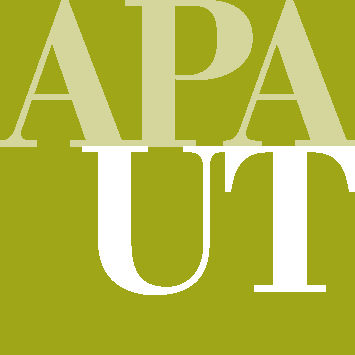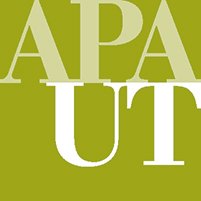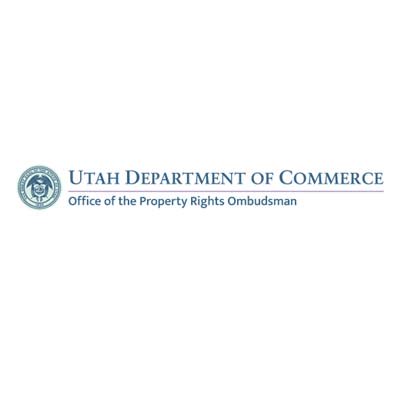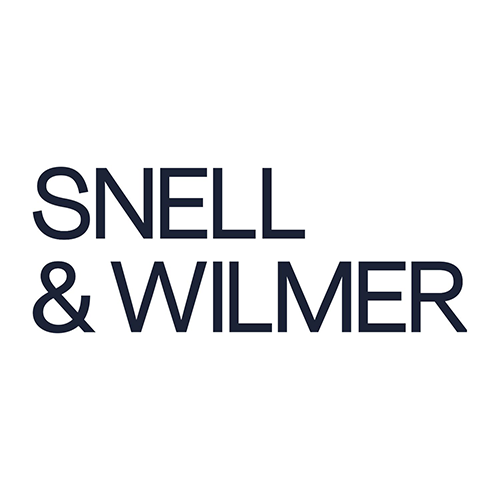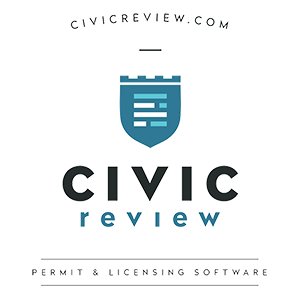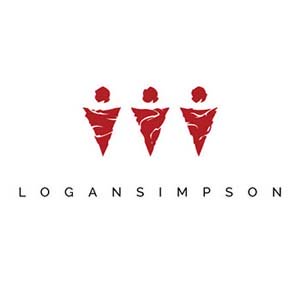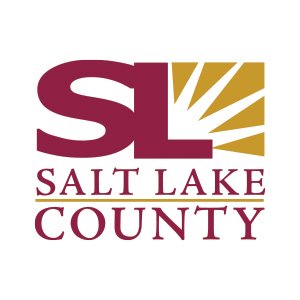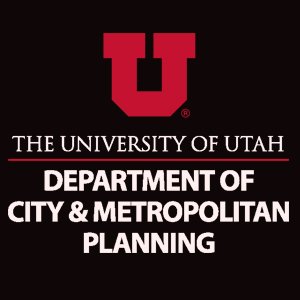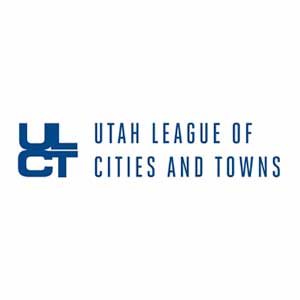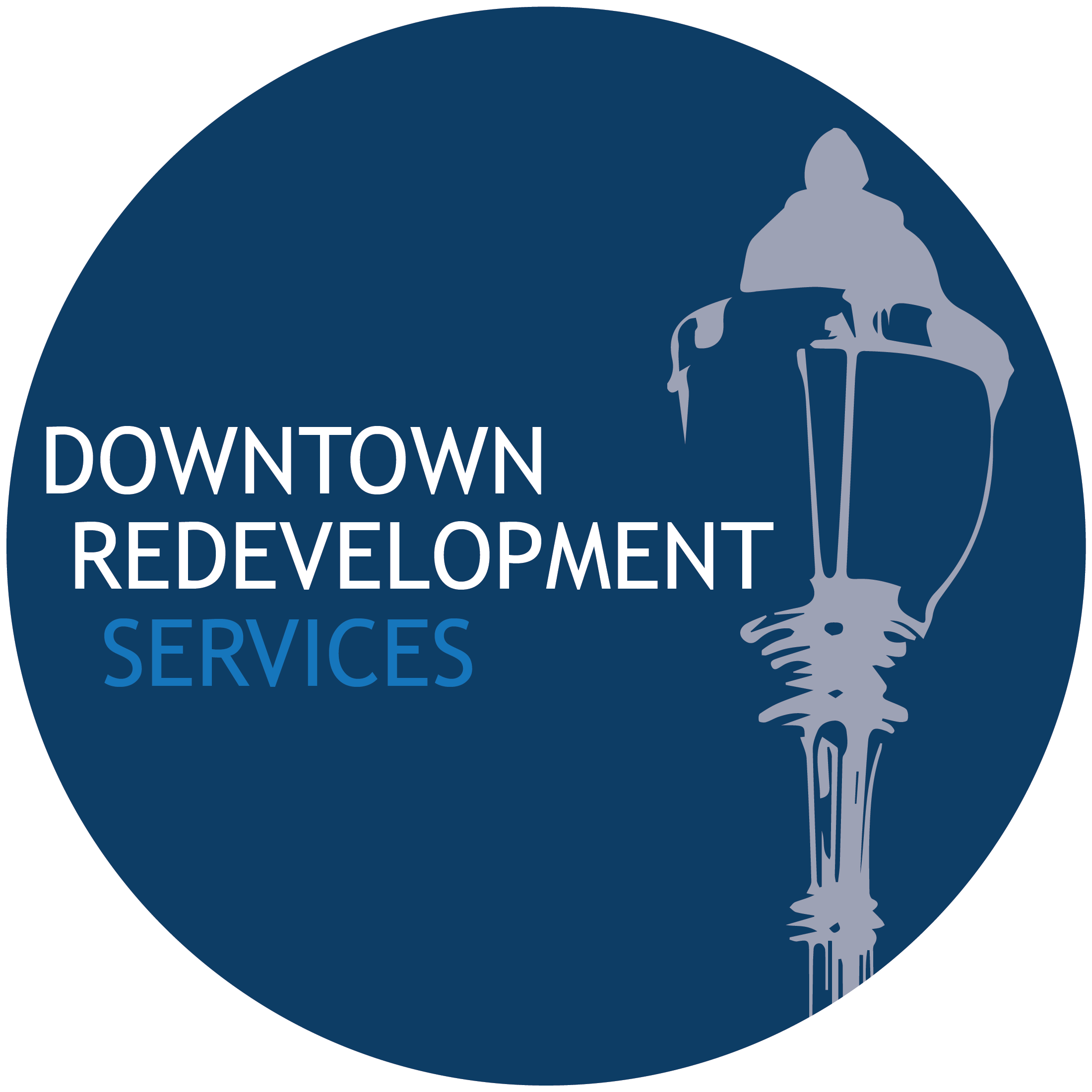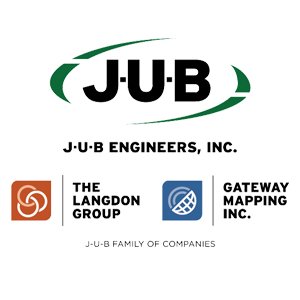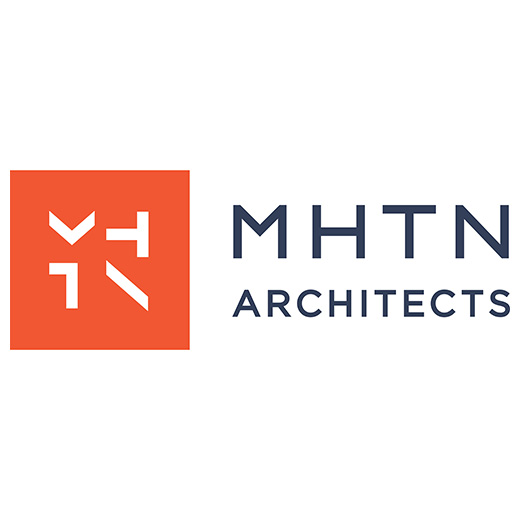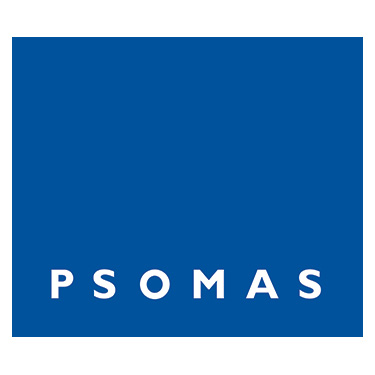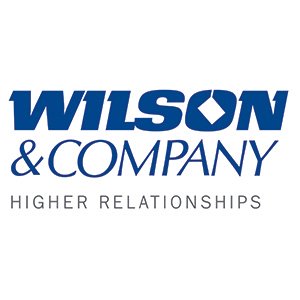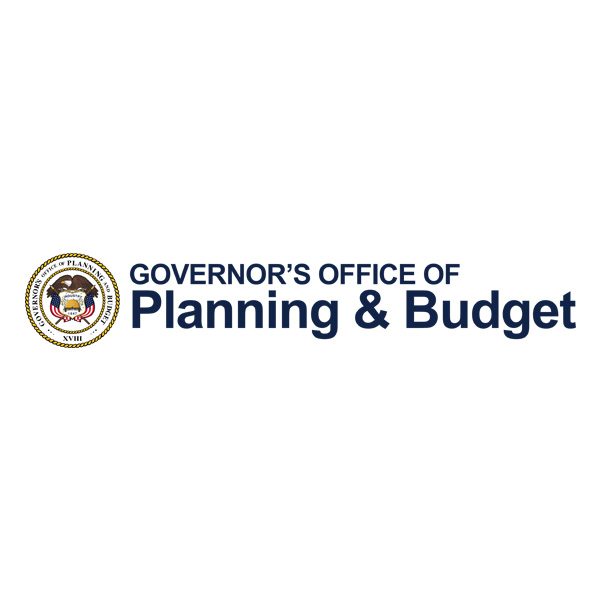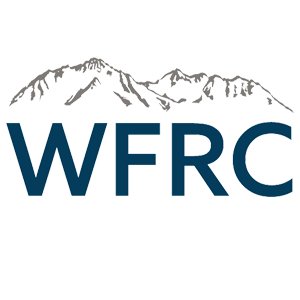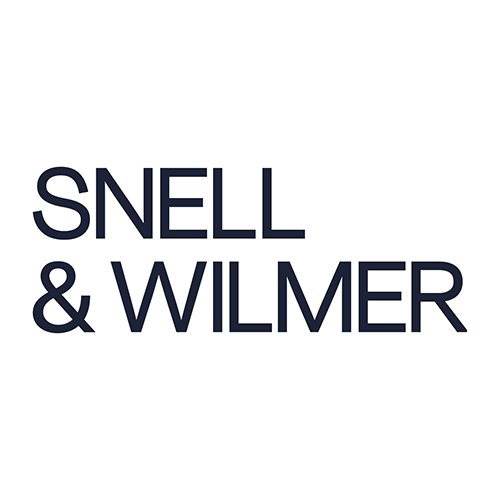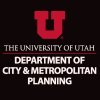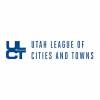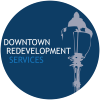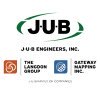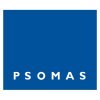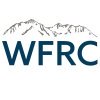Forum Replies Created
-
AuthorPosts
-
Andy HulkaParticipant
Here’s Salt Lake’s definition:
<span style=”color: #212529; font-family: Arial, sans-serif; font-size: 14.6667px; text-align: justify;”>LIGHT MANUFACTURING: The assembly, fabrication or processing of goods and materials using processes that ordinarily do not create noise, smoke, fumes, odors, glare, or health or safety hazards outside of the building or lot where such assembly, fabrication or processing takes place or where such processes are housed entirely within a building. Light manufacturing generally includes processing and fabrication of finished products, predominantly from previously prepared materials, and includes processes which do not require extensive floor areas or land areas. The term “light manufacturing” shall include uses such as electronic equipment production and printing plants. The term “light manufacturing” shall not include any use which is otherwise listed specifically in the table of permitted and conditional uses for the category of zoning district or districts under this title.</span>
It might be useful to add the stuff about odors and health hazards to your definition, just in case. If your code doesn’t already address these elsewhere, you might also want to specifically prohibit other industrial uses with more negative impacts: hazardous waste storage, chemical/paint manufacturing, explosive/flammable materials manufacturing, medical waste incinerating, food processing/slaughterhouses, refineries, etc.
Andy HulkaParticipantAs planners, we recognize the urgent need for housing throughout the state, but we also understand the negative impacts associated with sprawl. I think we could suggest some changes to the Phase 1 Draft of this plan that would help make sure this process doesn’t just lead to uncontrolled expansion of low-density single-family development. Here are a few ideas I’d like to discuss:
- We could recommend including a guiding principle related to wildlife habitat preservation or environmental protection. We should specify that the loss of natural area for housing is not a desired long-term outcome.
- Where the plan discusses “non-productive public land” we should be clear that uses like outdoor recreation or natural open space are productive uses.
- Goal #1 says that achieving success means using public lands for housing. While this may be appropriate in some cases, I don’t think we should rely on the sale of public lands to private developers as a primary solution to our housing crisis. I would recommend not including this as a metric for success.
- The plan discusses housing that is limited by infrastructure deficiencies and the need to expand infrastructure systems. Again, the focus should not be on endless expansion into undeveloped areas, but rather on improving existing infrastructure to accommodate growth without sprawl.
Just a few thoughts I hope the group will consider.
PS – I also don’t think $450,000 should be considered a starter home, but I understand it’s already in the State code (Nobody I’ve ever met spent $450k on their first home. I think $350k or less is more of a “starter” range, personally).
-
AuthorPosts
